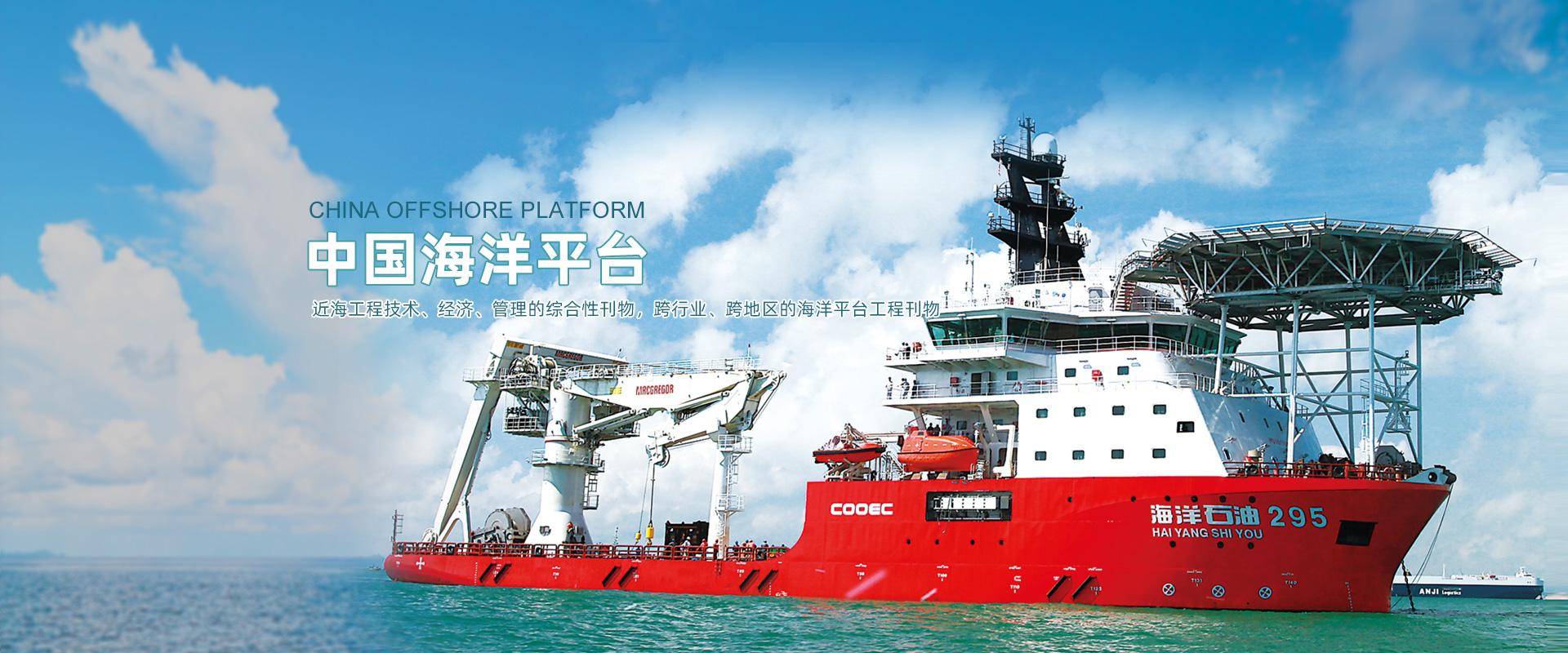Abstract:The structural design and performance optimization of heave plates have always been the key scientific issues in the research of offshore wind turbines. In order to carry out the comparative study on the hydrodynamic characteristics of the heave plate of the semi-submersible floating wind turbine platform, a new type of semi-submersible floating platform and three new types of heave plate configurations and corresponding models were constructed based on the CFD method. The free attenuation tests of heave, pitch and roll of the floating wind turbine under different geometric configurations of heave plates were carried out. The natural period and damping coefficient of the floating platform under each heave plate were calculated, and compared with the simulation results of the model without heave plate. The optimal heave plate configuration was determined, and the flow field evolution mechanism of each heave plate was revealed by combining the vorticity variation law of different geometric configurations. The results show that the area of the circular thin plate and the edge shape of the rectangular thin plate are the key to improve the semi-submersible flat damping coefficient. The HP3 heave plate configuration has the largest increase in the natural period and damping coefficient of each degree of freedom of the semi-submersible platform, which is the optimal scheme. The relevant results can provide guidance for the optimal selection of the heave plate of the semi-submersible floating wind turbine platform.
